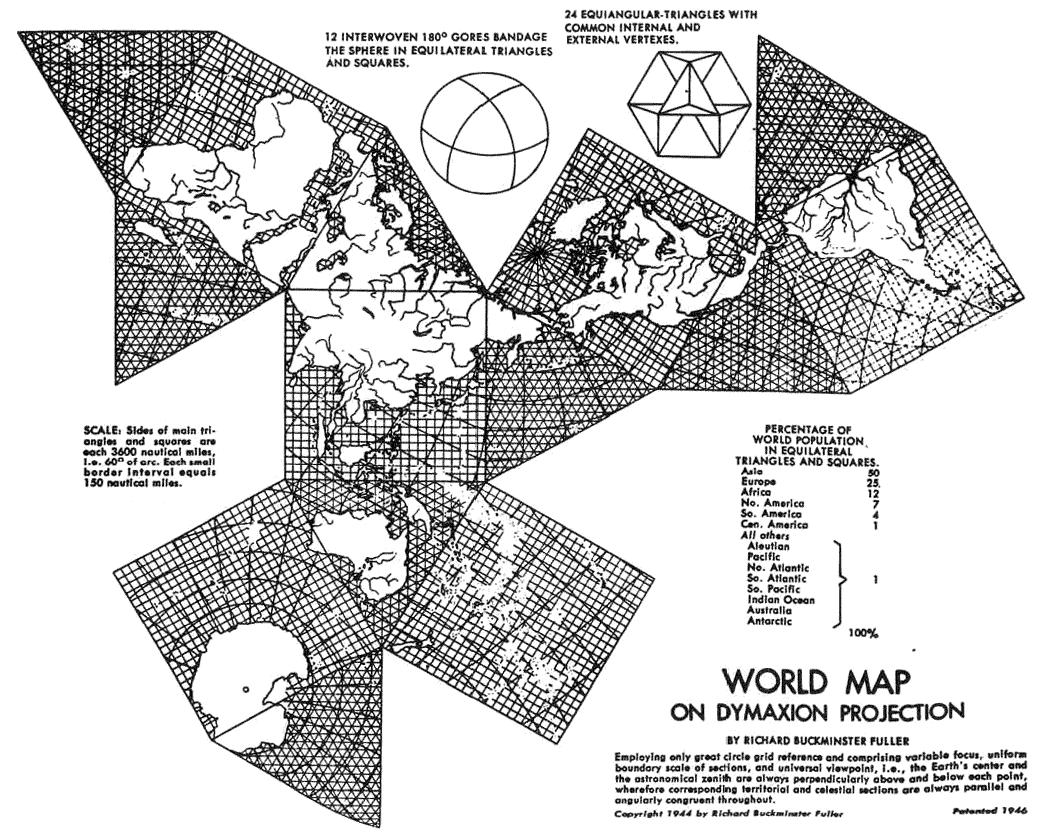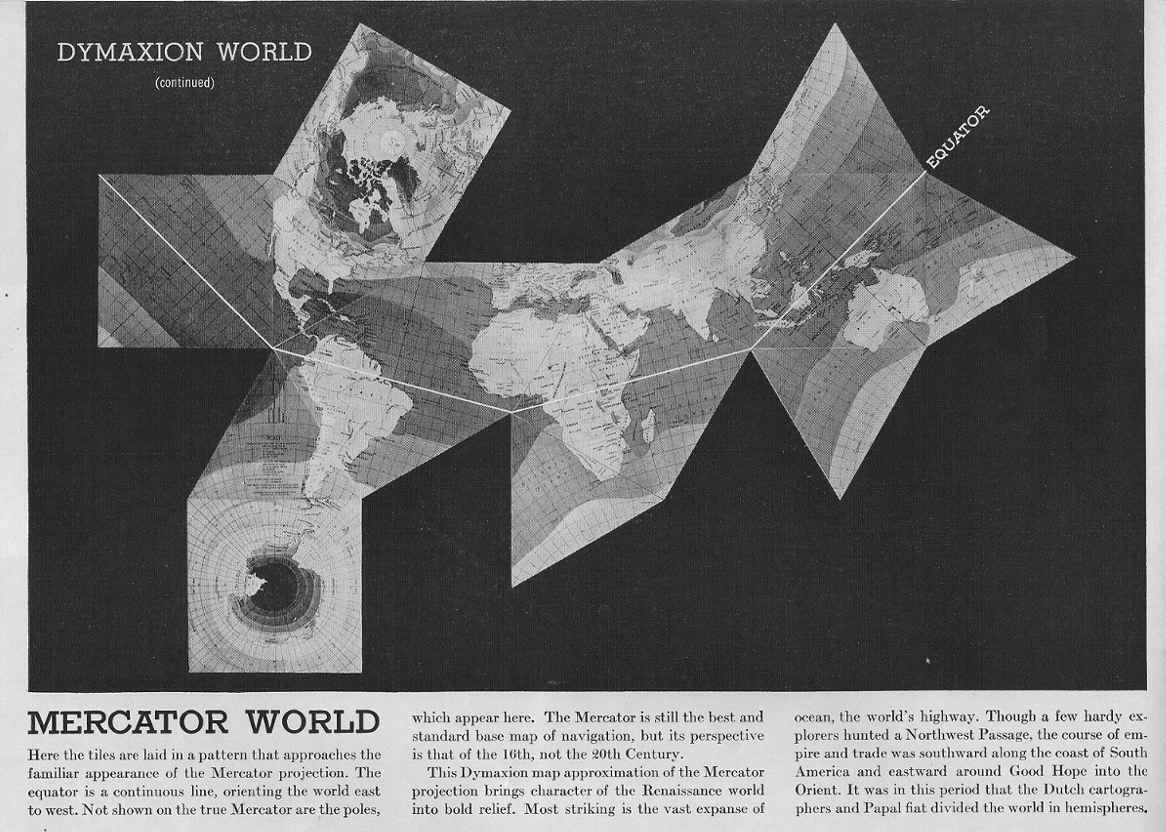 |
| Sol Le Witt, Double Negative Pyramid, 1999 via Culture Routes |
Wednesday, October 2, 2013
DOUBLE NEGATIVE
Tuesday, October 1, 2013
Wednesday, August 14, 2013
UNFOLDING DRAWING
 |
| Katherine Roberts, A Ministry for Agriculture and Fisheries.
A great example of an 'unfolding' drawing as per your final task for Week 4. It appears to be a cross roads, or an unfolded street. There are two 'viewpaths' which are defined by perspective (one going left, and one right, from approximately the centrre). The process:
|
"Working with the restriction that no method or medium not in existence in 1989 was to be used, rather than focussing upon ‘a design’ and working towards creating ‘finals’, this project explored design as process. Initially, concerned solely with architectural drawing, the scope of investigation widened to follow an iterative process traversing drawing, photocopying, modelling, and collage, with all work considered potential presentation work.Starting with 6 A1 mechanical drawings —graphite on permatrace— documenting the process of drawn lines pushing and pulling themselves between the sheets, following constantly shifting rules which were oftentimes influenced by a small boy who roamed the pages.A series of 20 models were created from an A4 photocopy from the 6th sheet. These were in turn photocopied and used as the primary material from which the collage was constructed. Plans and sections were constructed last, using photocopied information from the drawings and with an implicit relationship to the architecture of the collage.The final presentation included three plans at 1:1000 [lower, middle and upper levels], two sections at 1:500 [width and length], and a multi-perspective collage, 2.4 x 1.2m."
The keys to the success of your unfolding drawings are:
- anchor points. Here Katherine uses the red and green elements to ground the image and tell us where to look first.
- reference to architectural conventions. Here Katherine uses perspective (the images get smaller as we look down the street). She also uses strong vertical elements which are architectural in their suggestion of buildings.
- scale. Scale is suggested here by people, chairs, and other elements which occupy the drawings. This allows us to understand them as street/landscapes rather than hallways.
Tuesday, August 13, 2013
HAUS RUCKER CO
 |
| Vienna, Rooftop Oasis, New York project, 1971 |
 |
| Haus-Rucker-Co. - Palmtree Island, Downtown Megastructure & Environement Transformers - 1971 |
 |
| Haus-Rucker-Co. - Cover and Balloon for Two |
Wednesday, August 7, 2013
FULLER PROJECTION MAPS - UNFOLDING
From the 'Dymax Redux' competition, re-envisaging Buckminster Fuller's 1943 Dymaxion map, and below, some original critiques.
 |
| And Fuller's 'Dymaxion House' Dreaming images. |
Tuesday, August 6, 2013
Tuesday, July 30, 2013
TSCHUMI
 |
Bernard Tschumi
The Manhattan Transcripts
1976-1981
The Manhattan Transcripts
1976-1981
"Architecture is not simply about space and form, but also about event, action, and what happens in space.
The Manhattan Transcripts differ from most architectural drawings insofar as they are neither real projects nor mere fantasies. Developed in the late '70s, they proposed to transcribe an architectural interpretation of reality. To this aim, they employed a particular structure involving photographs that either direct or "witness" events (some would call them "functions," others "programs"). At the same time, plans, sections, and diagrams outline spaces and indicate the movements of the different protagonists intruding into the architectural "stage set." The Transcripts' explicit purpose was to transcribe things normally removed from conventional architectural representation, namely the complex relationship between spaces and their use, between the set and the script, between "type" and "program," between objects and events. Their implicit purpose had to do with the 20th-century city."
Labels:
city,
composition,
frame,
mapping,
photography,
sequence
DANIEL LIBESKIND
More on his work and process here.
 |
Micromegas, 1979 |
 |
Daniel Libeskind. Edge City, 1987. |
Sunday, July 28, 2013
JAMES CORNER : MAPPING
James Corner is an American Landscape Architect and theorist. His 1999 essay The Agency of Mapping; Speculation, Critque and Invention in Mappings explores the potential creative capacity of mapping processes.
“As a creative practice, mapping precipitates its most productive effects through a finding that is also a founding; its agency lies in neither reproduction or imposition but rather in uncovering realities previously unseen or unimagined, even across seemingly exhausted grounds. Thus mapping unfolds potential; it re-makes territory over and over again, each time with new and diverse consequences.”A pdf copy of the essay is available online here
The drawings in this post are taken from James Corner's book; Taking Measures Across the American Landscape
Subscribe to:
Comments (Atom)














































